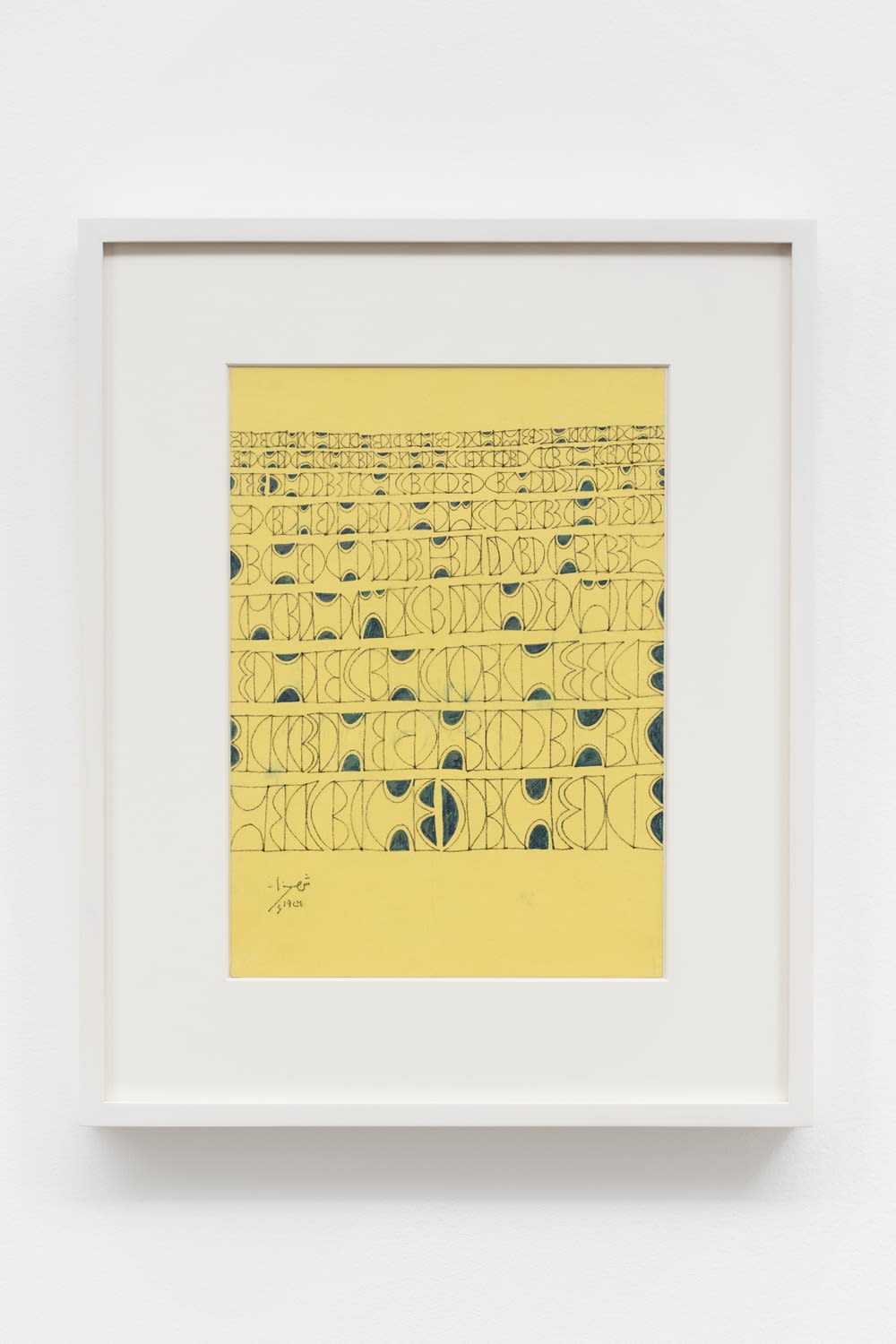
London, 7 Bethnal Green Road, E1 6LA. T +44 (0)20 7033 1938
New York, 547 West 20th Street, NY 10011. T +1 646 590 0776
This website uses cookies
This site uses cookies to help make it more useful to you. Please contact us to find out more about our Cookie Policy.